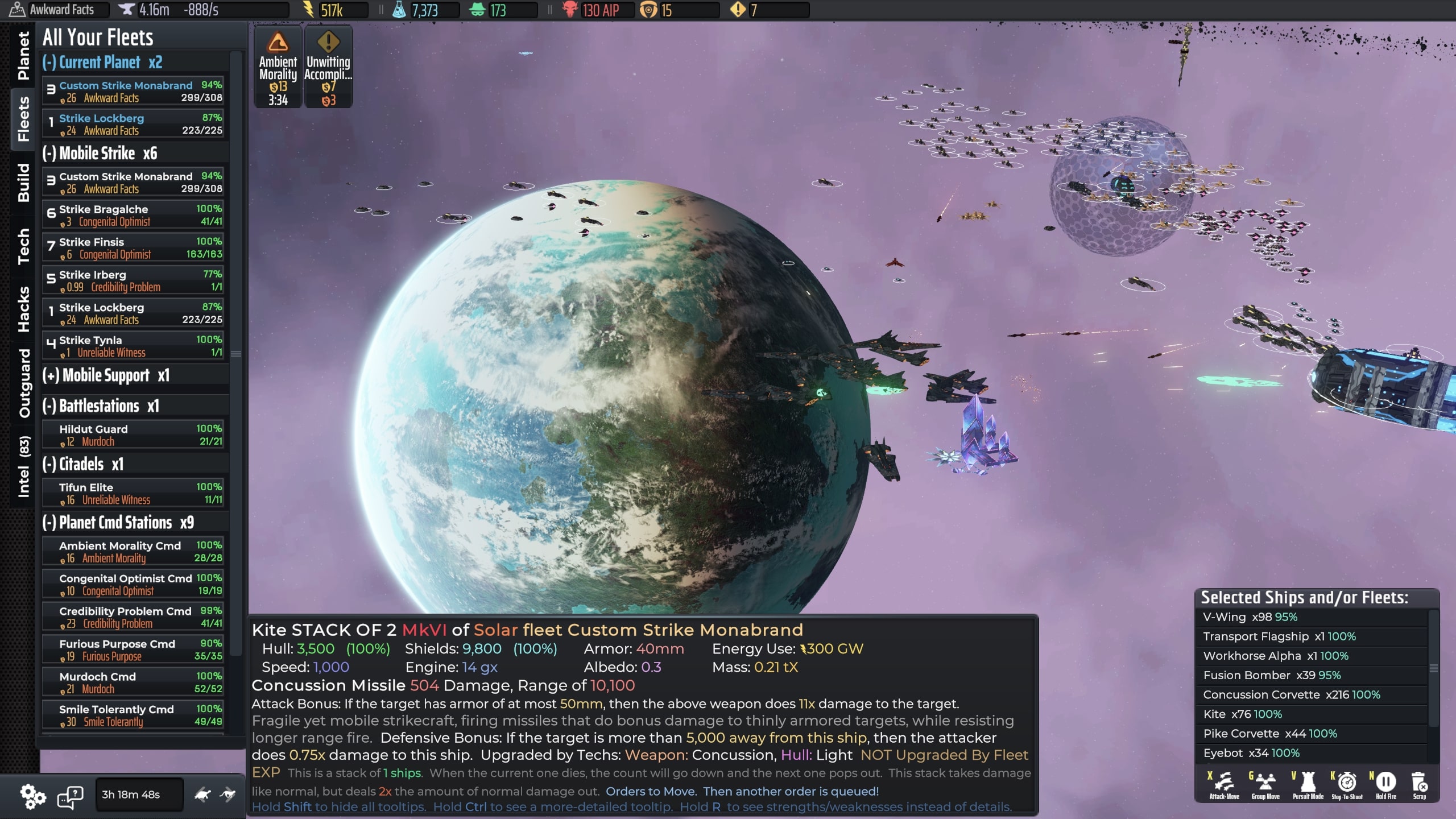

But it is designing a factory to build “at scale,” he said. Arnott declined to say, though, how many Ghost Sharks Anduril intends to manufacture if it wins further Australian orders. That means Anduril can build lots of them, and fast. For starters, Ghost Shark has no pressure hull – the typically tubular, high-strength steel vessel that protects a submarine's crew and sensitive components from the immense force that water exerts at depth. Water flows freely through the Ghost Shark structure. Take away the people, and submarines become much easier and cheaper to build. “A huge amount of the expense and systems go into supporting the humans,” Arnott said in an interview in the company’s Sydney office. defense contractor Anduril, whose Australian subsidiary is building the Ghost Shark subs for the Australian Navy. He is the senior vice-president of engineering at U.S. Without the need to cocoon a crew, the design, manufacture and performance of submarines is radically transformed, says Shane Arnott. Australia, one of America’s closest allies, could have dozens of lethal autonomous robots patrolling the ocean depths years before its first nuclear submarine goes on patrol. But the vast gulf in their cost and delivery speed reveal how automation powered by artificial intelligence is poised to revolutionize weapons, warfare and military power – and shape the escalating rivalry between China and the United States. The uncrewed Ghost Shark is the size of a school bus, while the first of Australia’s nuclear subs will be about the length of a football field with a crew of 132. The two vessels differ starkly in complexity, capability and dimension.

And the Ghost Sharks will be delivered by mid-2025. The navy will spend just over AUD$23 million each for them – less than a tenth of 1% of the cost of each nuclear sub Australia will get. The other is cheap and fast: launching three unmanned subs, powered by artificial intelligence, called Ghost Sharks.

And the last of the subs won’t arrive until well past the middle of the century. One is pricey and slow: For a new force of up to 13 nuclear-powered attack submarines, the Australian taxpayer will fork out an average of more than AUD$28 billion ($18 billion) apiece. To meet the challenge of a rising China, the Australian Navy is taking two very different deep dives into advanced submarine technology.


 0 kommentar(er)
0 kommentar(er)
